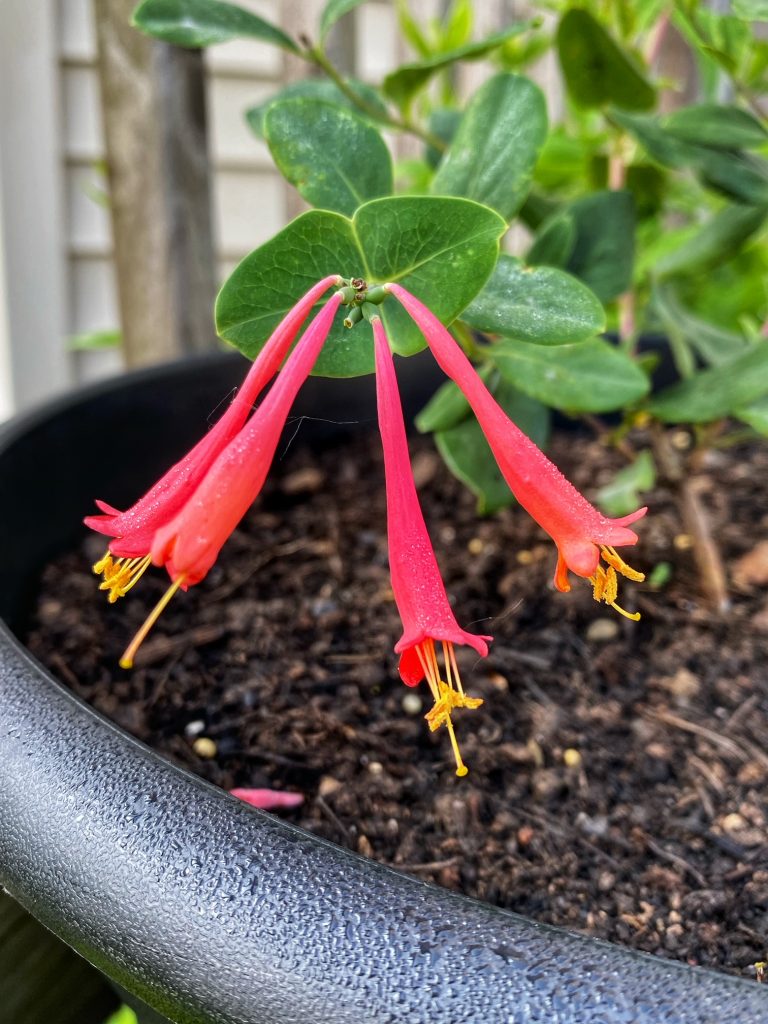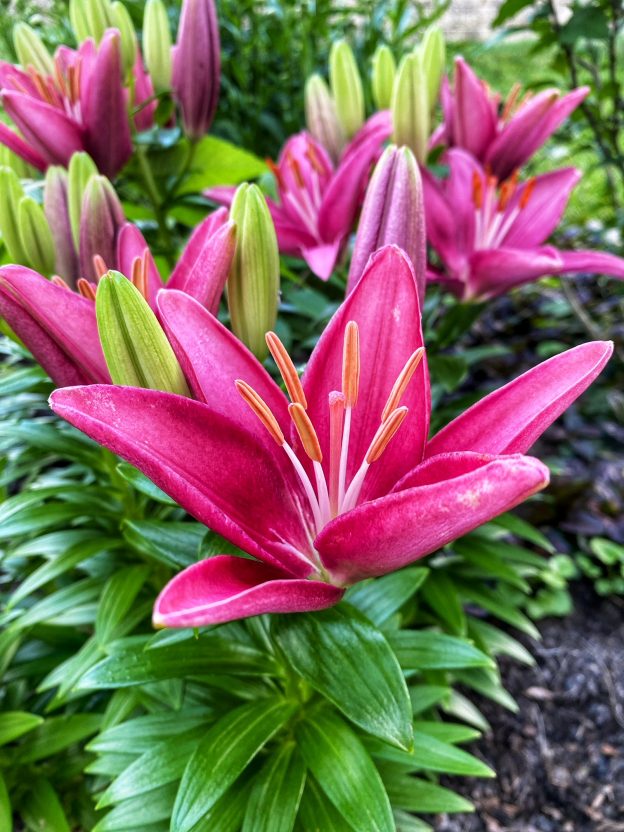So, I realize that there’s about a five degree temperature range that I consider acceptable for summer weather, but really. Things have gone a bit out of control around these parts. Upper 80s with humidity levels the local meteorologists refer to as “soupy”??? To top that off, it’s been a week of mostly rain showers. May was dryer than average, but Mother Nature seems to be trying to make up for it now. The tomatoes are yellowing from all the excess showers, and while the tropical annuals on the deck seem overjoyed, I’d rather have a nice tomato harvest later this summer, thank you very much.
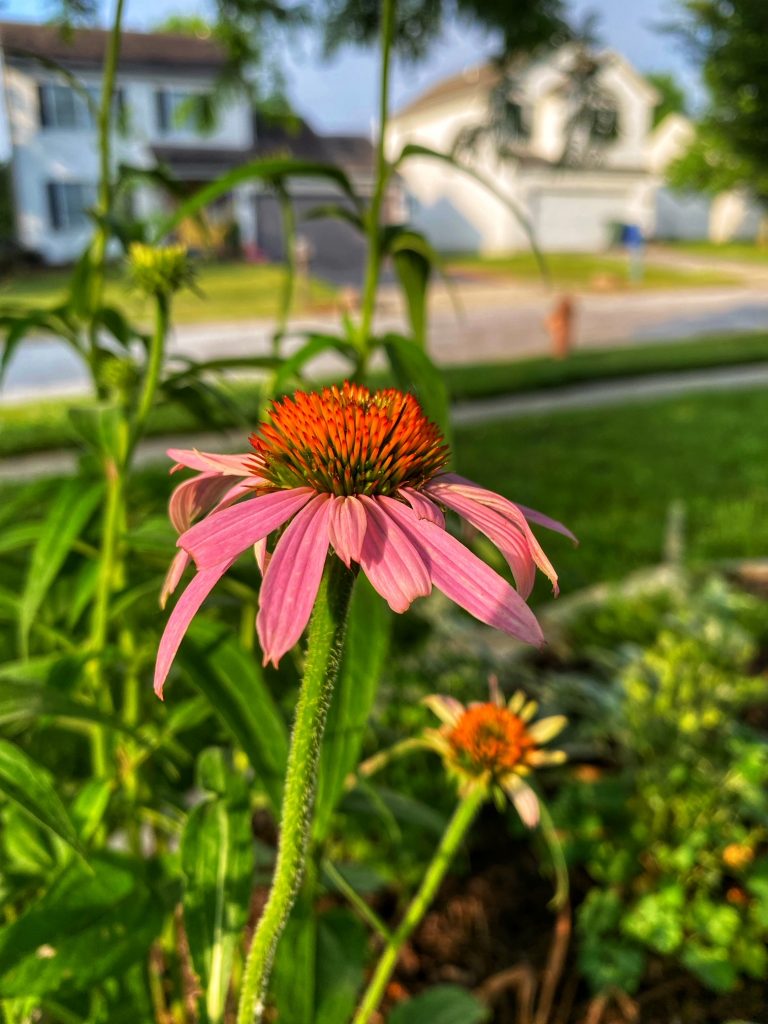
In between storms, I’ve spotted a few new visitors to the yard. We had a pair of mallard ducks scoping things out one morning. The must have a nest nearby, because I hear them squawking at passers-by most days. There was also an adorable little black cat, rolling around in the catmint and batting at the floating fountain in the wildlife pond.
The dragonflies and damselflies have also been out and about, enjoying the flowers and smaller bugs. They seem determined to avoid the pond, (at least, when I’m out trying to find them swimming), but I see them all over the plants each day. I’m surely tempting fate, but I’ve yet to get a single mosquito bite yet this year, and I’m crediting this their presence.
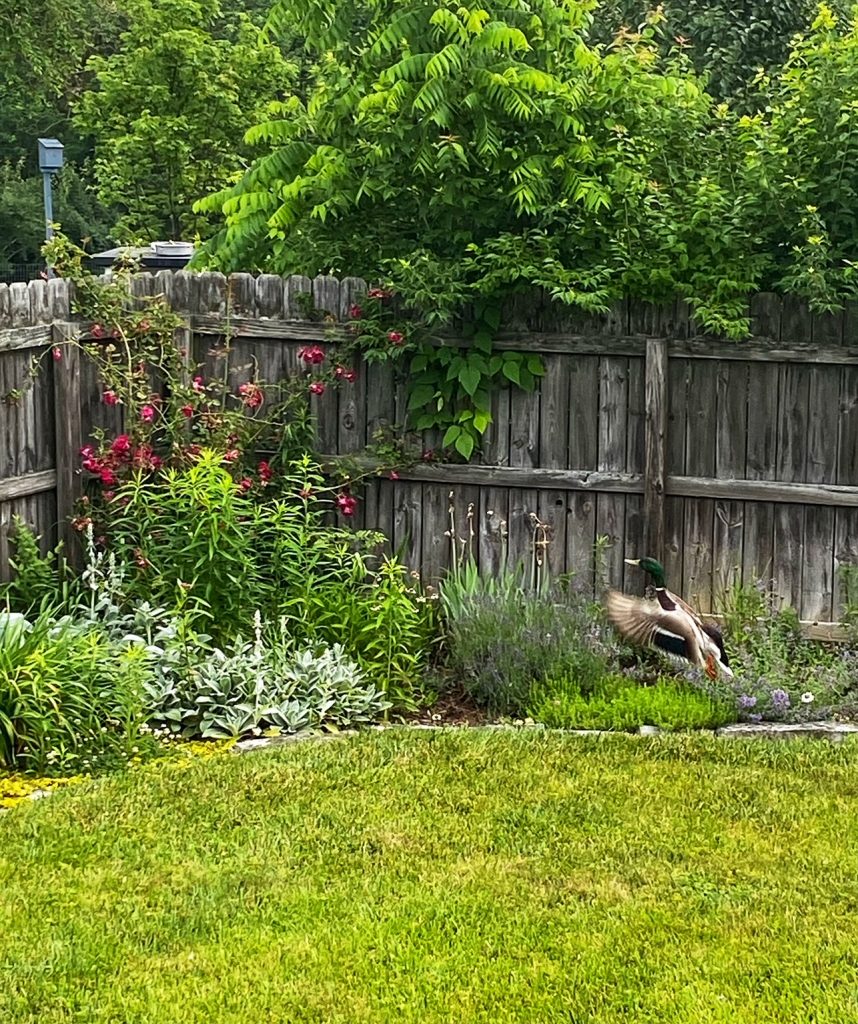
Plant-wise, things are kicking into high gear for summer time. The cone flowers, marigolds, blanket flowers, cranesbill, nepeta, heuchera, penstemon, lavender, speedwell, salvia, buttercups, lamb’s ear, and day lilies are all blooming wildly, and the hostas, zinnias, and milkweed should be ready to flower here in the next few days. Normally at this time of year, I’ve had a bit of a slump, flower-wise. The spring flowers are all spent, and the summer plants aren’t yet in bloom. But this year, I think with our hot weather and some more planting, there’s a lot in bloom for all the pollinators and spectators (me and that black cat) to enjoy.
Edible-plant-wise, things are trucking along well. I planted the last of the beans, which have sprouted and are growing huge leaves. The lettuces are about finished for the season, but the herbs are really bushing out. I harvested a bunch of basil and chives to dry this week. The nasturtiums have tripled in size… which reminds me, I need to add a support structure to that pot for them… and the peppers are flowering and growing as well. We should start to see some baby peppers here soon! The pumpkin seeds I planted the other week are taking over their container. I thinned them out again, so the ones that are left will have plenty of room to grow. I also thinned our carrots, fennel, and leeks.
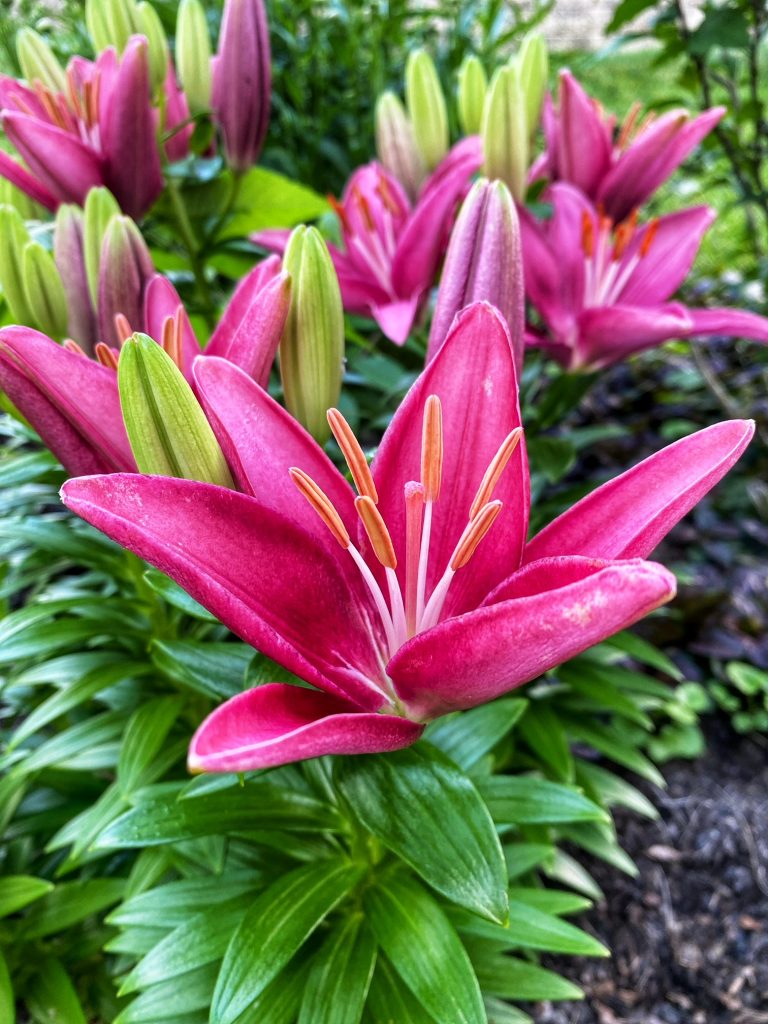
So, for the most part, things are looking well out in the yard. But, that hasn’t always the case. I’m sure we’ve all had some gardening blunders, it’s how one learns, after all. I thought I would share a few of these… mishaps… the scenes that I don’t post on Instagram, and the stories I tend to keep to myself when trying to appear wise in the ways of the garden.
Most of my mistakes in the garden can be boiled down to a lack of impatience, not doing my research ahead of time, and/or trying to fight nature. In the majority of these situations, a simple trip to Google could have saved me a lot of headache. Knowing when to plant what, where things like to live, and how to water them seems pretty basic, after all, it’s advice I often share here. But, I haven’t always heeded these plant edicts. Some things, we just need to learn by doing.
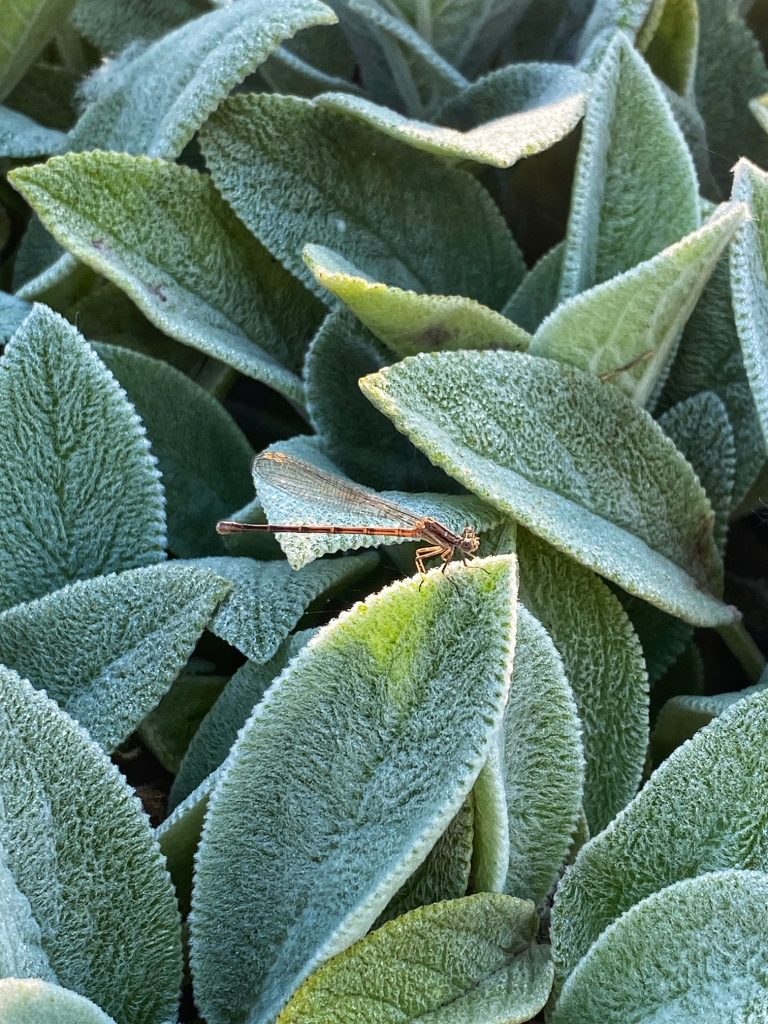
I’ll start with a few situations where not doing my research ahead of time came around to bite me. A few years ago, I was assembling a little pot on the deck. I wanted to add something to the pot that would spill over the edge, and found just the thing, an annual (I thought), called Creeping Jenny. After the season had ended, I dumped the pot of annuals onto one of the empty raised beds, where I figured things would break down over the winter. The Creeping Jenny survived. If anything, the winter weather only seemed to make it stronger. I decided (why, oh why, Past Sara?!?!) to plant up That Which Cannot Be Killed as a ground cover in a few spots in the yard. Turns out, Creeping Jenny is a perennial in our area, and a beast of a perennial, at that. The groundcover spreads like wild, and is, to the best of my ability, impossible to kill. I rip out bunches of the stuff every time I weed the yard, but this stuff lives to take over. It’s even managed to hop the stone border wall, and is now growing in the grass in a few places.
Another time I wish I’d done some simple research ahead of time was last year, when I planted my first garlic. It was late September, and garlic bulbs were all over the garden center. I grabbed a few, excited at the prospect of my first harvest this spring. Last year, we had a particularly hot end to summer and start to fall. Temps stayed scorching hot, but in went my garlic. A few garden friends I’d spoken to mentioned that they hadn’t planted theirs, but I didn’t think the jumpstart would hurt anything. Apparently, it did. None of my garlic, which was still looking perky over the start of winter, made it to springtime.

My next garden blunder can be attributed to my lack of patience, especially when it comes to waiting for the last frost date to pass before planting. A few years ago, I was assembling another planter for the deck, and I fell in love with a group of dahlias. It was still April, a few weeks from our last frost date, but the day was warm, so I went ahead and planted up the flowers. Within a week, we had a frost, and the dahlias were… displeased. They didn’t die off completely, but they looked quite sickly all season and I didn’t get to enjoy many flowers. Just waiting a few weeks would have made all the difference. Plants that don’t enjoy the cold will not enjoy the cold even if you’re impatient and stubbornly plant them out too early!
I didn’t quite learn from that mistake and planted out my tomatoes and peppers a bit too early last year. Last Frost Dates are a guide aimed to help gardeners, not something set in place to invoke my oppositional defiance, but I was so sure that things would be ok last year, so in went the veggies. No surprise, we had not just a frost, but a deep freeze, for a few days. I spent hours outside, covering up annuals and veggies with blankets and cursing myself for not just waiting.
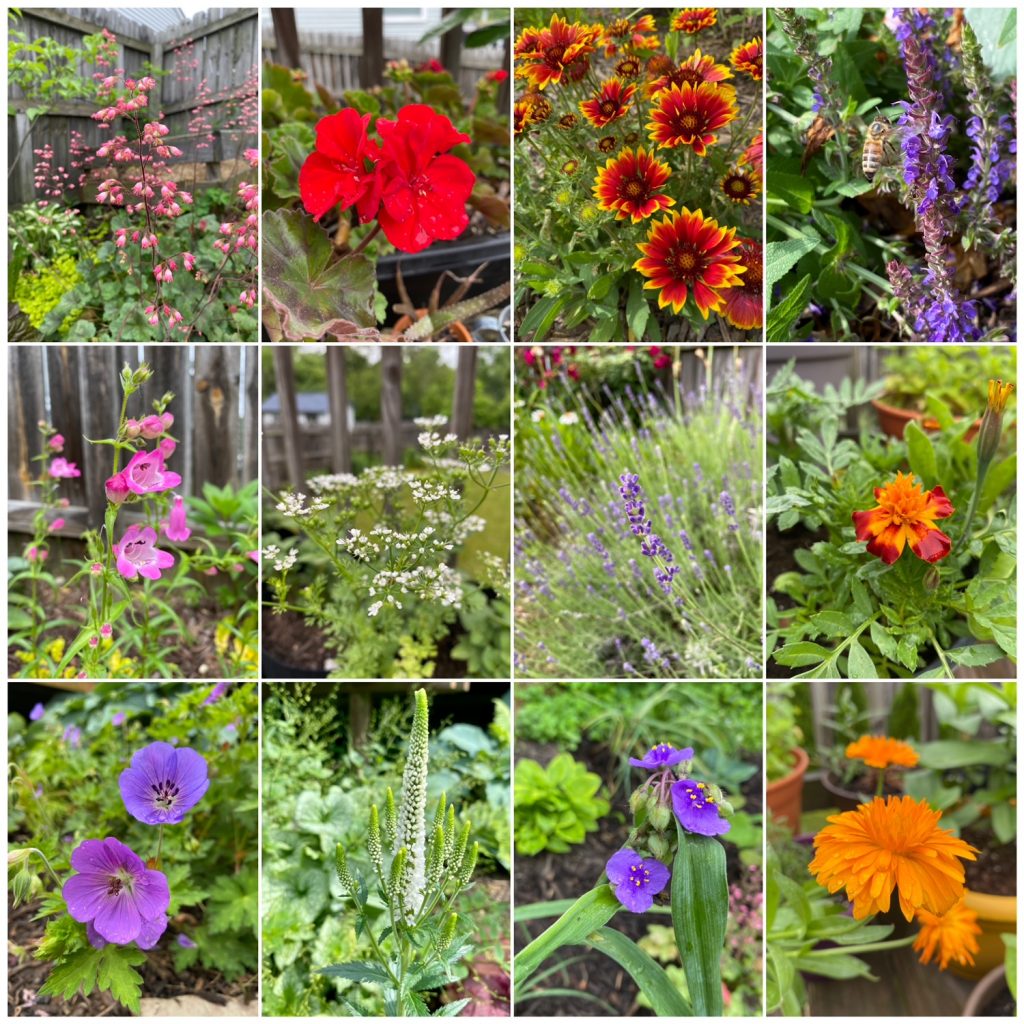
The last of my gardening mishaps (that I’m owning up to, anyway!) all have to do with some foolhardy attempts at fighting nature. Traditionally for humans, when we try to best nature, things don’t go terribly well. She’s going to do her own thing, and plans go much more smoothly when we learn to accept that. My first major run in with this philosophy took place about three years ago. I was planting tomatoes for the first time, and I wanted them to live in a particular location in the garden: a corner spot, with full sunshine. These crops love sun, so I figured that I had this one in the bag. I went to dig the holes for my plants, and I can still imagine the smile I must had had on my face, imagining the late-summer BLT’s.
As my shovel made impact with the ground, it was stopped, rather bluntly, by what felt like concrete. I had the husband come out for the hole-digging assist, not realizing that that corner of the yard was made up of straight clay soil. I don’t know if you’ve experienced gardening with clay, but it’s not ideal. Clay basically turns into an impenetrable fortress when it’s dry, which for our climate, is most of the summer. It’s tough, and many plants don’t enjoy living in it. I knew this, but I stubbornly forged ahead. I was so heavily relying on my knowledge that tomatoes liked sunshine, that I decided to ignore their watering needs, and the fact that their roots would not enjoy the clay at all. True to form, the tomatoes were extremely unhappy. They didn’t grow well, and I had no tomato harvest that year. I’ve since learned my lesson and am now using raised beds, where I can amend the soil content.
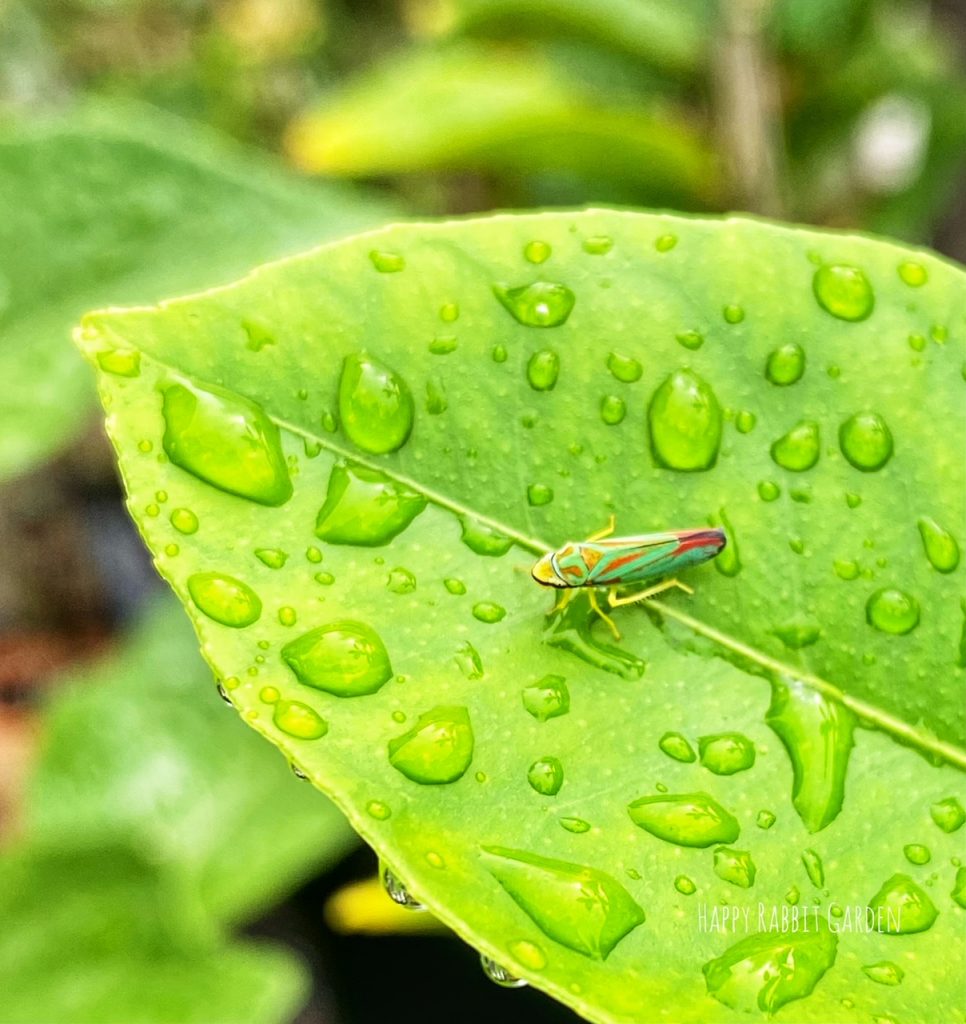
Another time I tried fighting nature, to no avail, involved the same spot in that garden. A few years ago, we lost our beloved cat, Miss Pickles. I wanted to plant a tree in her memory, and so I picked out a little dogwood. I managed to get it into that corner spot, in the awful clay. I knew dogwoods only liked some sun, but that spot really is in full sunlight most of the day. In went the tree, anyway. It seemed like a nice location, visually, for a tree, so I figured things would work themselves out. (I know, I’m rolling my eyes at Past Me, too). The tree stayed there for about two years, before I finally had mercy and moved the thing into a shadier location, with loamier soil. It lives by the compost bin and finally flowers every spring. It’s grown a lot, and is so much happier in its new space. I’ve since added a slew of native prairie plants to that sunny corner which the tomatoes and the dogwood hated, since they grow just fine in clay soil.
We all make mistakes when planting, and sometimes, plans go awry. But, hopefully, like me, you’ve learned what works and doesn’t in your garden, and why. (Even if it took a few rounds of discovery). With just a bit of research and planning ahead of time, you’ll save yourself time, money, and effort. And isn’t it worth it, for a happy garden? Hope you have a great week!
